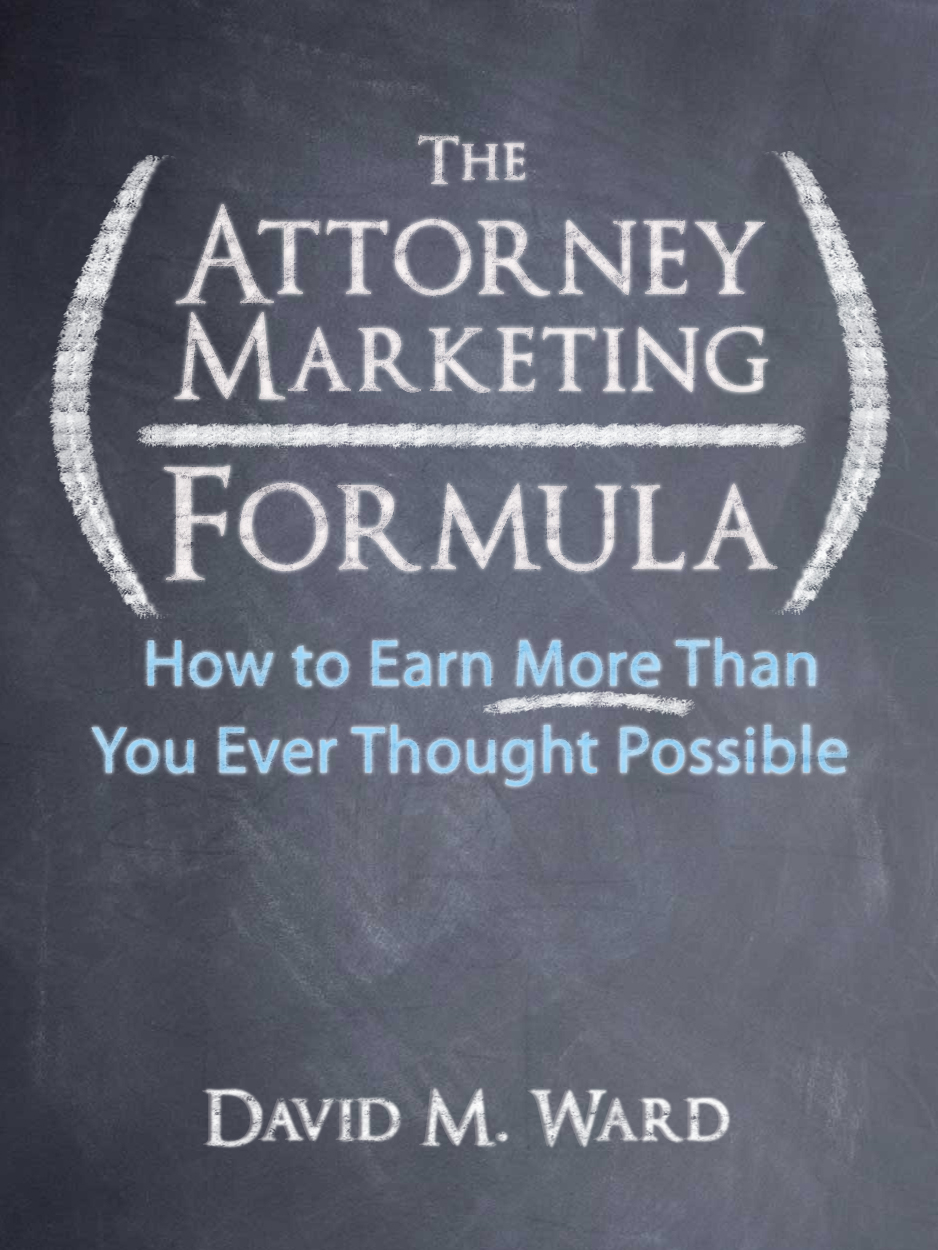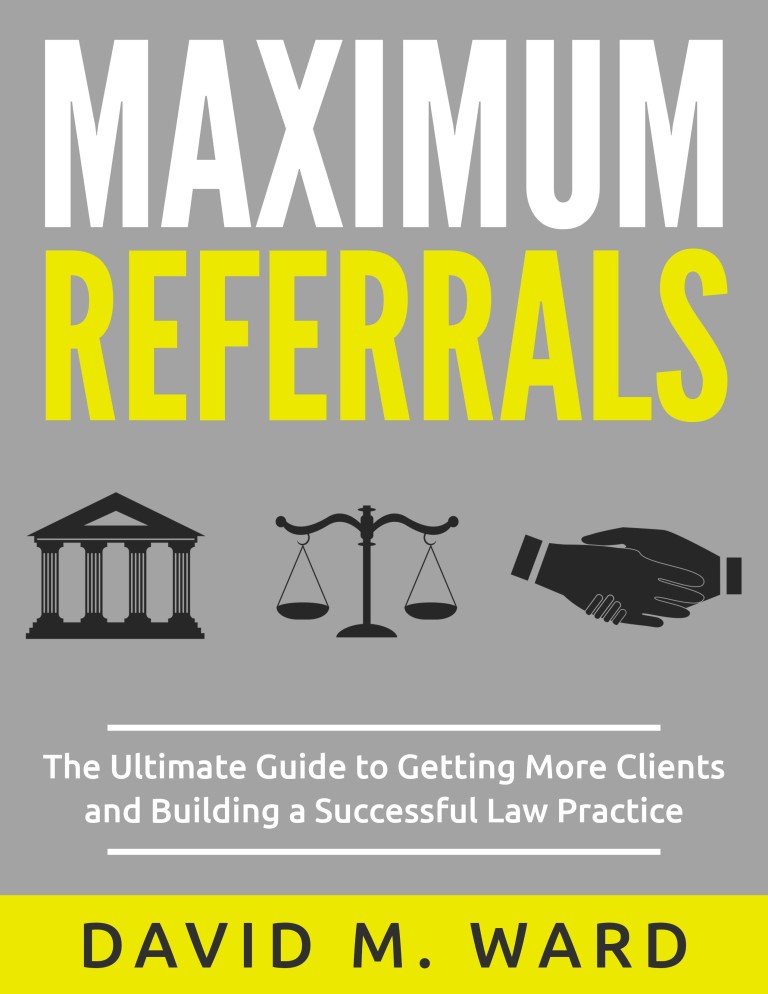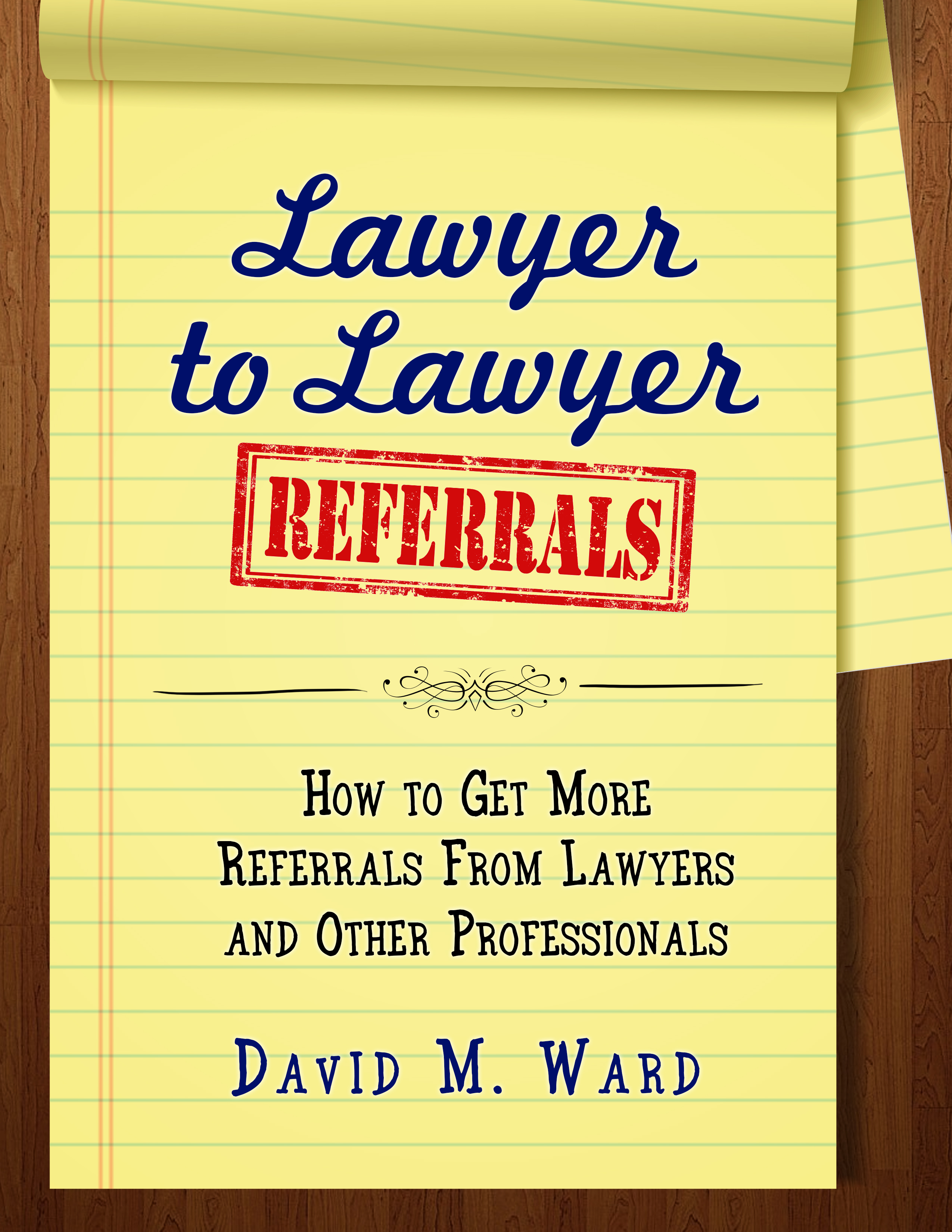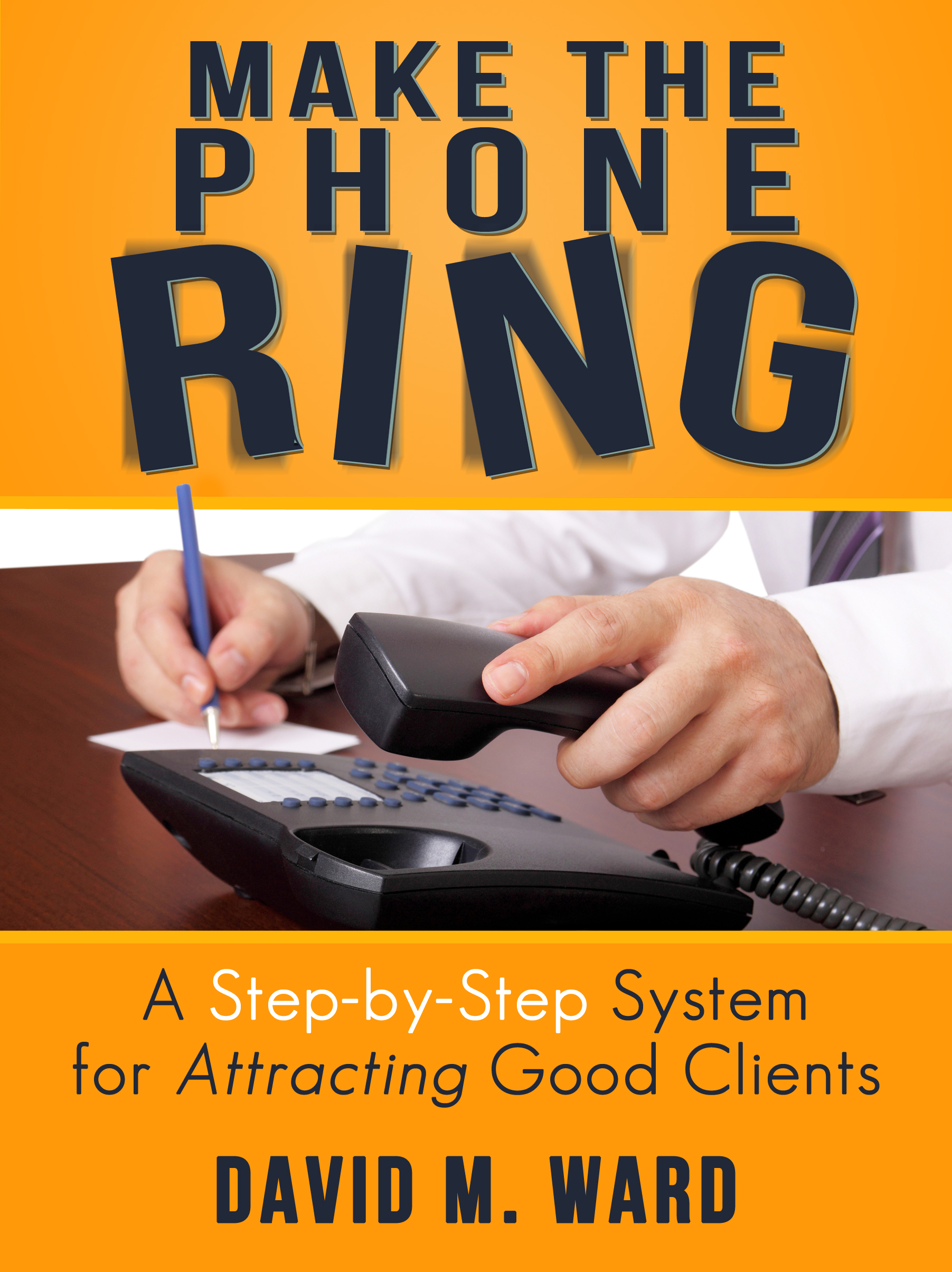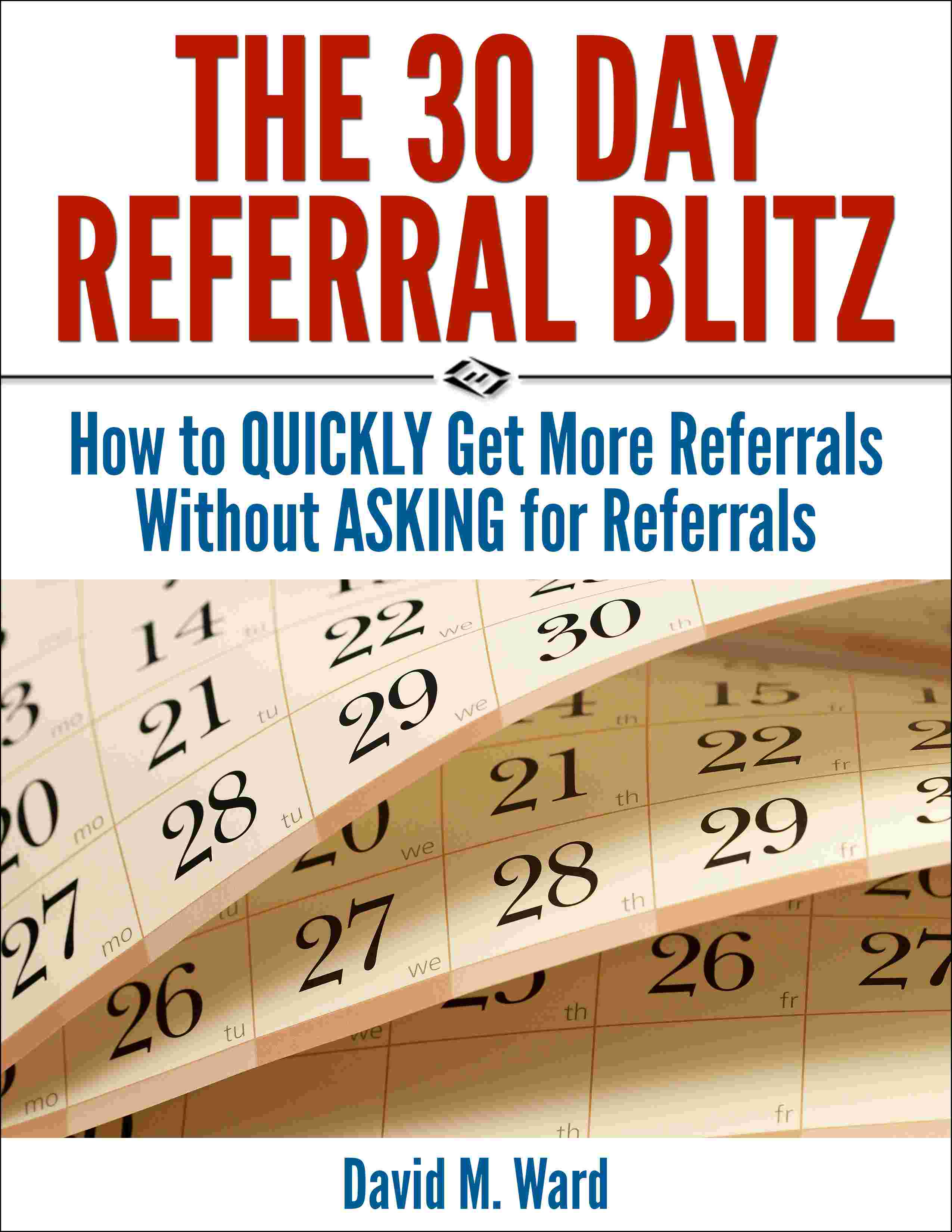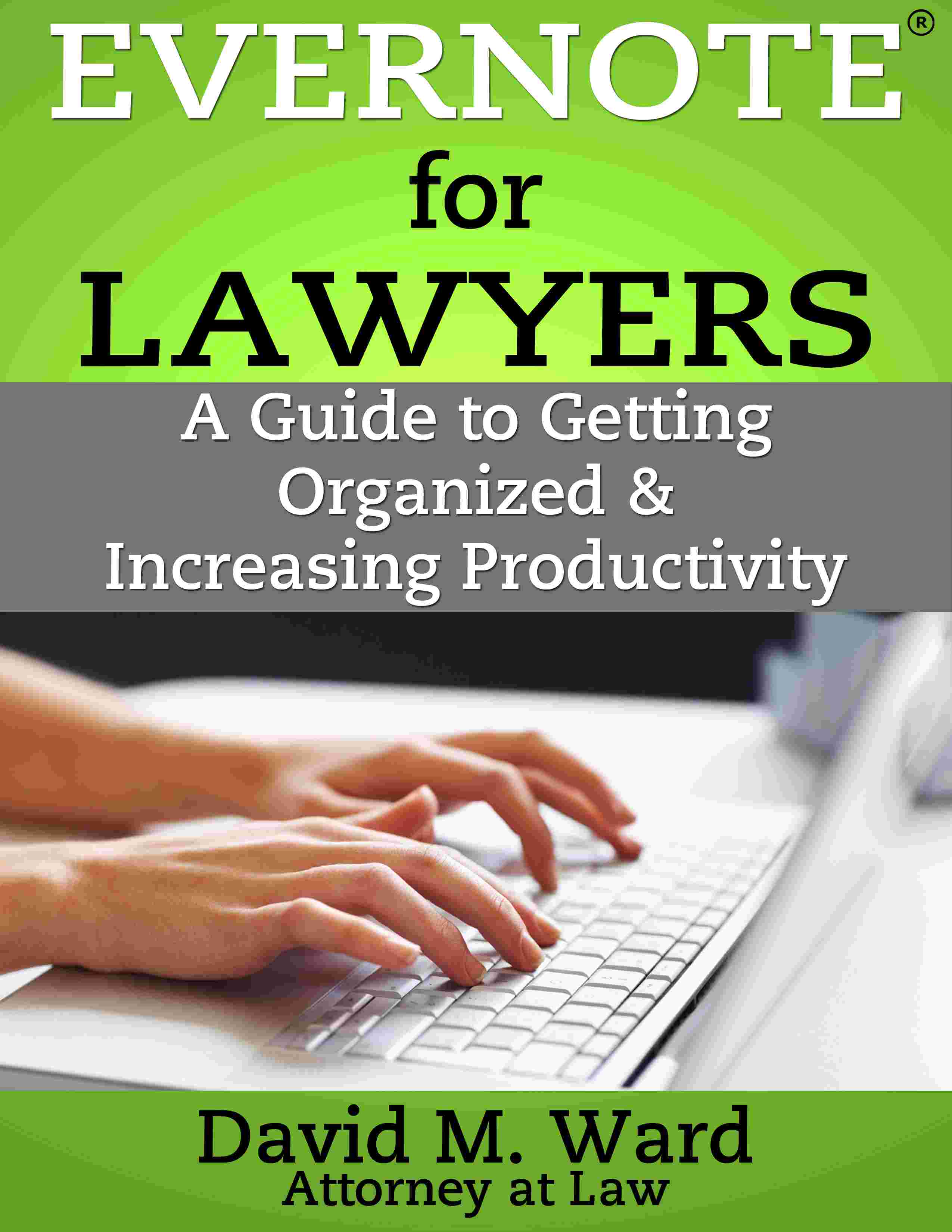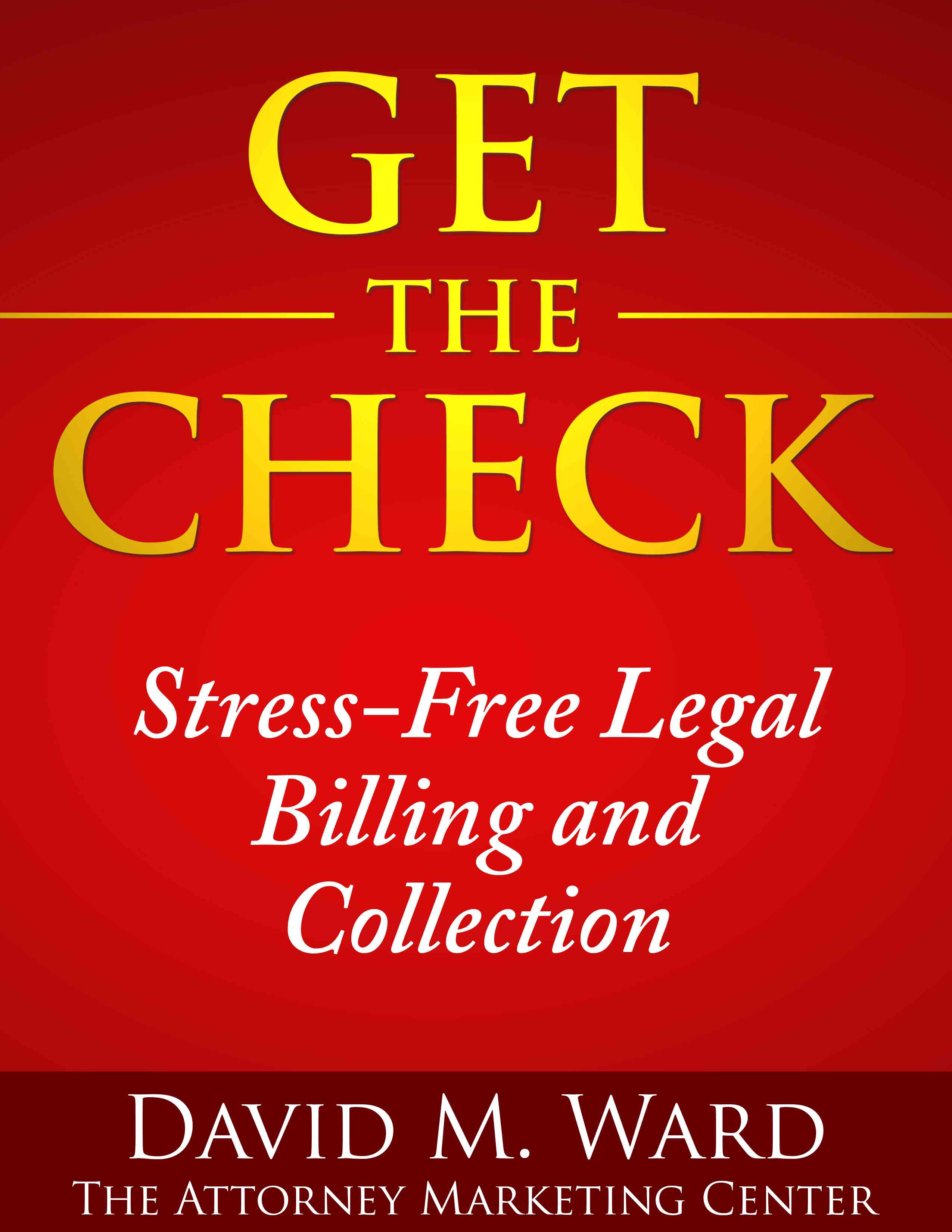Every attorney has a list of prospective clients they’ve communicated with at some point but who haven’t (yet) hired them.
People who visited their website and filled out a form. People who called and asked questions. People they consulted with about their case or situation.
There are many reasons why someone who needs legal help contacts an attorney and doesn’t hire them. Some of those reasons are insurmountable. Some are an issue of timing.
They want to hire an attorney but. . .
- They need time to get the money
- They need to get buy-in from someone
- They need time for their problem to worsen before they’re willing to spend the money
- They’re still trying to fix the problem themselves
- They’re hoping the problem will go away on its own
- The problem did go away, but they’ve got another one they haven’t mentioned
- They want to explore other options
- They may have lost the attorney’s name and number
Just to name a few.
You have lists, don’t you? Lists of prospective clients who need your help but haven’t taken the next step?
Some of them will eventually contact you again and hire you.
But most won’t.
They need more information about their problem, about their options, or about your services. They want to talk to you again. They want you to convince them to take the next step, to assure them you really can help them, to tell them everything will be okay.
Unfortunately, by the time they realize this, they will have signed up with another attorney.
Which is why the expression, “The fortune is in the follow-up” is true.
If you follow up with the people on your lists, stay in touch with them, remind them you can help them (and that they still need help), and invite them to contact you again, more people will hire you.
If you don’t, they won’t.
Most people don’t buy a car the first time they visit the showroom, most people don’t get married after the first date, and most people don’t hire an attorney after one conversation.
Which is why you need to follow-up.
Write or call or use email to automate the process, but don’t leave the follow-up to them.
That’s not their job, it’s yours. And you are well-paid for it.

